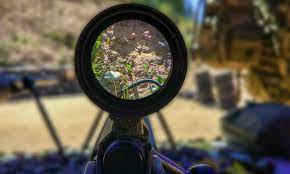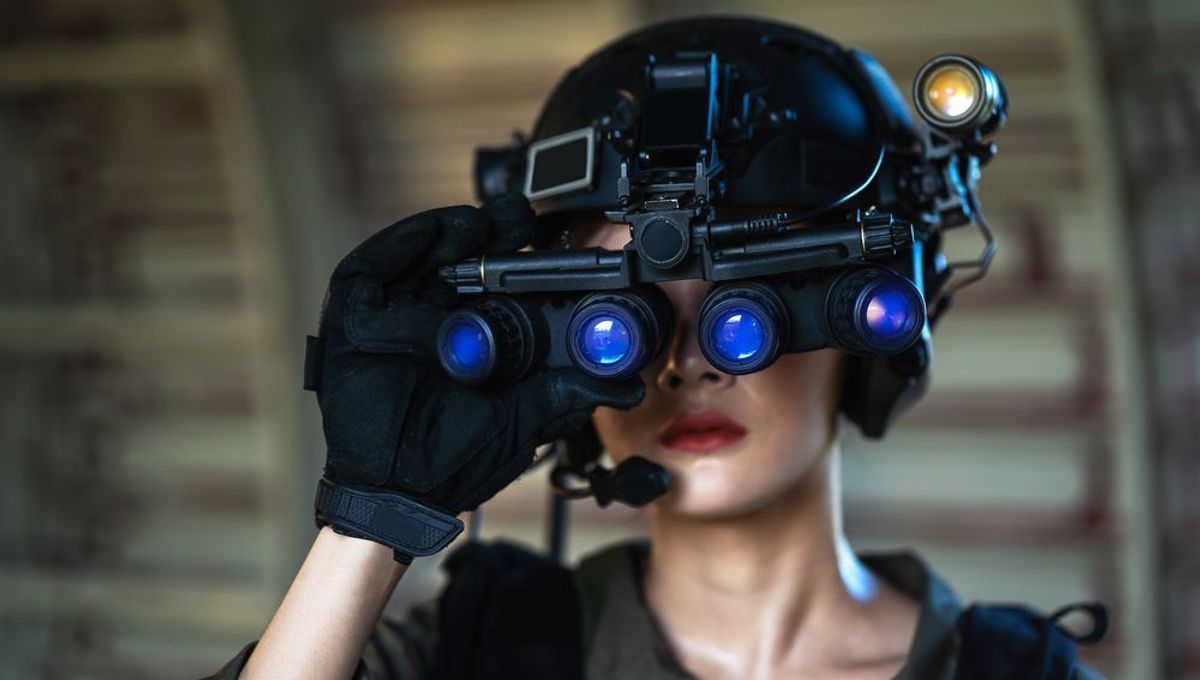BDC reticles are used to help the shooter estimate range and/or windage adjustments. By reading the markings on the reticle, the shooter can determine how far away the target is and make the appropriate corrections.
There are many different types of BDC reticles available on the market today, but they all function in basically the same way. The most popular BDC reticles are those that are etched or otherwise printed onto the glass of the scope’s lenses. These types of reticles do not require any special illuminated features and work well in a variety of lighting conditions.
When using a BDC reticle, it is important to keep in mind that they are only estimates. The exact measurements will vary depending on the caliber of the rifle, the type of ammunition being used, and other factors. BDC reticles are not meant to be used as a substitute for range finders or other precision instruments.
If you are new to using a BDC reticle, it is recommended that you spend some time practicing with it before taking it out into the field. Many scopes come with an instructional manual that can help you learn how to use the reticle effectively. You can also find several helpful guides and videos online. With a little practice, you should be able to get pretty accurate estimates with your BDC reticle.
How do I choose a BDC reticle?
There are many different types of BDC reticles available on the market, so it is important to choose one that will work well for your specific needs. If you are unsure of which reticle to choose, it is a good idea to consult with a knowledgeable salesperson or another experienced shooter.
In general, there are three main types of BDC reticles: duplex, mil-dot, and grid. Duplex reticles are the most basic type and consist of two thick crosshairs that meet in the center of the scope’s field of view. Mil-dot reticles are slightly more complex and have small dots spaced evenly along the crosshairs. These dots can be used to estimate range and make adjustments accordingly. Grid reticles feature a series of horizontal and vertical lines that create a sort of “grid” over the target. These reticles can be helpful for making windage and elevation adjustments.
Once you have decided on the type of BDC reticle you would like, you will need to choose a scope that is compatible with it. Most scopes come with either a duplex or mil-dot reticle, but there are also many models available with a grid reticle. Be sure to check the specifications of the scope before making your purchase to ensure that it will work with the type of reticle you want to use.
How to use a BDC reticle to its maximum potential?
By following a few simple tips, you can learn how to use your BDC reticle to its maximum potential.
First, be sure to practice using the reticle before taking it out into the field. This will help you get a feel for how it works and how to make accurate estimates.
Second, keep in mind that the markings on the reticle are only estimates. The exact measurements will vary depending on the caliber of the rifle, the type of ammunition being used, and other factors.
Third, if you are using a grid reticle, be sure to pay attention to the wind direction. This will help you make more accurate adjustments for windage.
By following these tips, you can learn how to use your BDC reticle to its maximum potential and make more accurate shots.
The benefits of using a BDC reticle on your next shooting trip
There are many benefits to using a BDC reticle on your next shooting trip.
First, BDC reticles can help you make more accurate shots. By taking the time to practice with the reticle before you go out into the field, you can learn how to use it effectively and make more precise estimates.
Second, BDC reticles can be used in a variety of lighting conditions. Many models are designed to work well in low-light situations, so you don’t have to worry about losing your target in the shadows.
Third, BDC reticles are relatively inexpensive. You can find many affordable models on the market, so there is no need to break the bank in order to get one.

